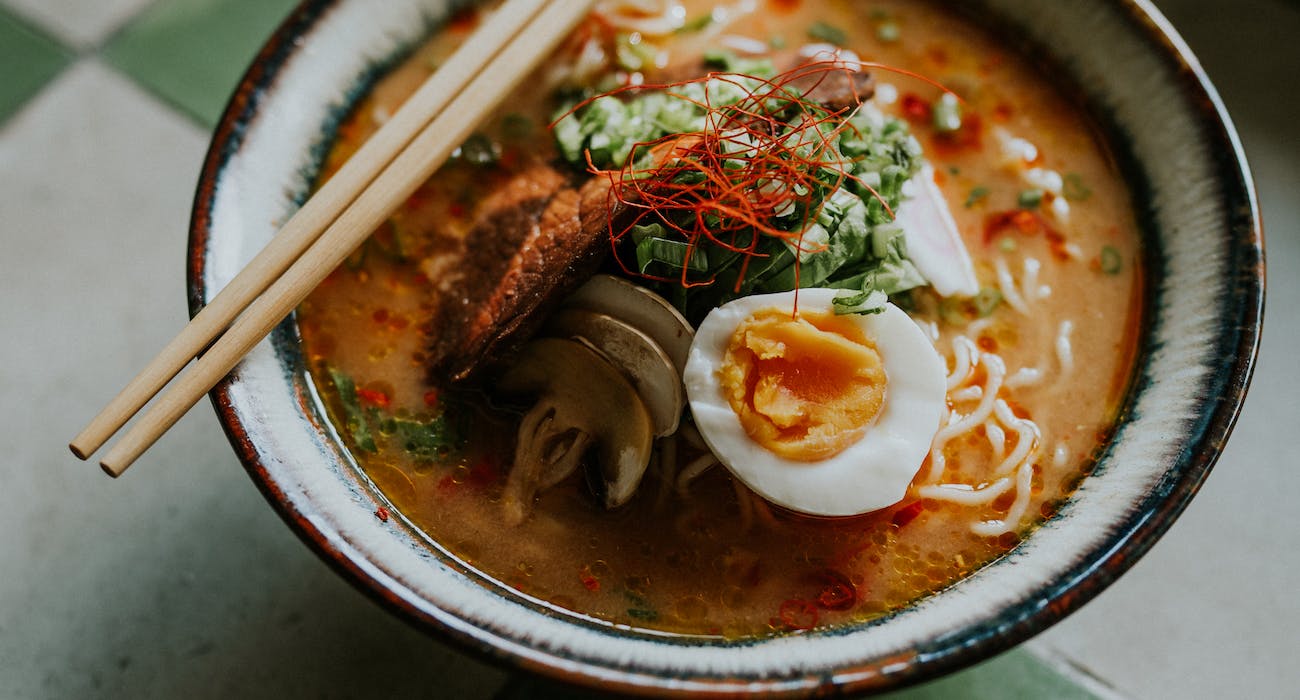Sweeteners come in a multitude of flavors and textures, but two of nature's gifts take center stage in this sweet showdown: maple syrup and honey. Both are beloved for their distinct tastes and uses, but when it comes to choosing one over the other, there are various aspects to consider. So, let's dive into the maple syrup vs. honey debate. Share your thoughts at the Food Write For Us category.
Nutritional Duel
When comparing maple syrup and honey nutritionally, you might be in for a surprise. While they share some similarities, there are significant differences. Here's a quick nutritional breakdown of one tablespoon of each:
Honey (1 tbsp.):
- Calories: 64
- Fat: 0g
- Sodium: >1mg
- Carbohydrates: 17.3g
- Fiber: >1g
- Sugars: 17.2g
- Protein: >1g
Maple syrup (1 tbsp.):
- Calories: 52
- Fat: >1g
- Sodium: 2.4mg
- Carbohydrates: 13.4g
- Fiber: 0g
- Sugars: 12.1g
- Protein: >1g
The Nutritional Scoop
While both honey and maple syrup can be described as liquid gold, they do come with their unique nutritional profiles. When it comes to antioxidants, both are rich in these compounds that help reduce oxidative stress, which plays a role in preventing chronic diseases. But here's where they differ significantly:
- Honey: It contains small amounts of vitamin C and B vitamins, which can be beneficial but usually require consuming large quantities to make a significant impact. For instance, to get about 1% of the recommended daily allowance (RDA) for vitamin C, you'd need to consume roughly five tablespoons of honey.
- Maple Syrup: Maple syrup shines in terms of manganese and riboflavin content. Manganese is vital for bone and tissue formation, blood clotting, immune response, and more. Riboflavin plays a role in energy conversion, cancer prevention, and migraine mitigation.
Taste and Application
Now, let's discuss the delightful realm of taste and application. Honey is known for its floral hints and thicker texture, making it an excellent addition to salad dressings and marinades. In contrast, maple syrup, with its thinner consistency, seamlessly incorporates into baked goods and pairs wonderfully with a variety of culinary delights.
When you swap sugar with these natural sweeteners in recipes, you'll want to make a minor adjustment. For every cup of sugar replaced by honey or maple syrup, reduce other liquid ingredients by three to four tablespoons.
Potential Concerns
Choosing between honey and maple syrup isn't just about taste and nutrition; sometimes, ethical and safety concerns also play a role:
- Vegan Lifestyle: If you follow a vegan lifestyle, honey, being an insect by-product, is often off-limits. Maple syrup, being entirely plant-based, becomes the go-to sweetener.
- Infant Safety: Parents of infants under one year old should avoid honey due to the risk of botulism poisoning. Stick to maple syrup or other sweeteners in baked goods and cooking for babies under 12 months.
- Local Sourcing: Your commitment to local and sustainable food may impact your choice. Honey can be sourced from various regions, but maple syrup primarily hails from eastern North America. Therefore, local maple syrup might not be an option for everyone.
The Bottom Line
In conclusion, the maple syrup vs. honey showdown reveals that each has its unique strengths and best uses. Both bring a touch of sweetness and distinct flavors to your culinary creations. Your choice ultimately depends on your nutritional needs, taste preferences, and ethical considerations. Whether you lean towards the honey or maple syrup camp, both these natural sweeteners offer their share of deliciousness and versatility.
